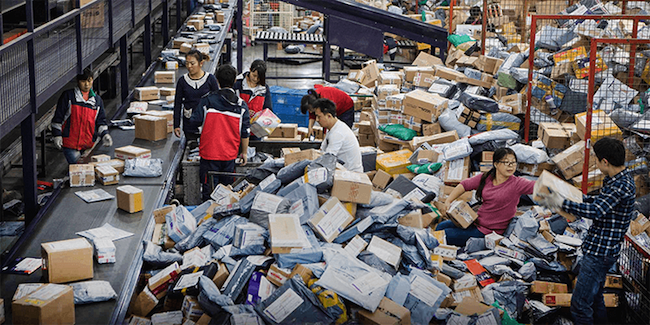November is here, which means Black Friday is coming up! But while you’re busy going over that mile-long shopping list, did you know that a similar-like day in China has already become the world’s biggest online shopping spree?
It all started in the 1990s, when the Chinese society started seeing a surplus in the male population as the consequence of the one-child policy. Many believe that the origin was at Nanjing University, where a group of college boys would gather every night to talk about how to get rid of the single status.
Eventually, they decided to start an initiative that celebrates being single, choosing the 11th of November to be the Singles’ Day (or the “Double Eleven Day”) because of the number’s resemblance of single stick figures.
Then, there came the era of digital marketing, where companies and brands were looking for every way possible to maximize consumption.
The chairman of China’s biggest e-commerce company Alibaba Group, Jack Ma, who was listed by Forbes as one of the top 20 richest people in the world, wanted to launch a shopping promotion revolving around a day that was already nationally celebrated. Drawing inspirations from the American Black Friday tradition, Ma launched the first round of promotion on November 11th, 2009.
The company targeted single people in the country and catered to the mentality of “treating yourself better”, which would supposedly make up for the loneliness of staying single. It didn’t take long for other businesses to catch on.
In 2011, more than half a billion dollars was spent on Singles’ Day. Last year, the Chinese netizens topped their previous record with $24.2 billion spent on just that one day — which is practically equivalent to a smaller European country’s gross domestic product.
According to Bloomberg, “more than twice as much merchandise is sold over the 24-hour period than during the entire five-day U.S. holiday-buying spree” (from Black Friday through Cyber Monday). Last year, Alibaba even hosted an opening gala event for Singles’ Day, with guest appearances by top-tier celebrities such as Nicole Kidman, Scarlett Johansson, Jessie J and Pharrell Williams.
With more and more international brands offering massive deals and extensive options specifically for Singles’ Day, the celebration is not only for those who are single but has become a global phenomenon.
There has even been a new trend created in December — the “Double Twelve Day”, just so businesses would have another chance to benefit from another round of rapid consumption and e-commerce.
Shoot us a message at info@spotlightwest.ca or follow our social media accounts (Facebook, Instagram, Twitter) to find out more about Chinese social trends, or WeChat marketing tips!






























